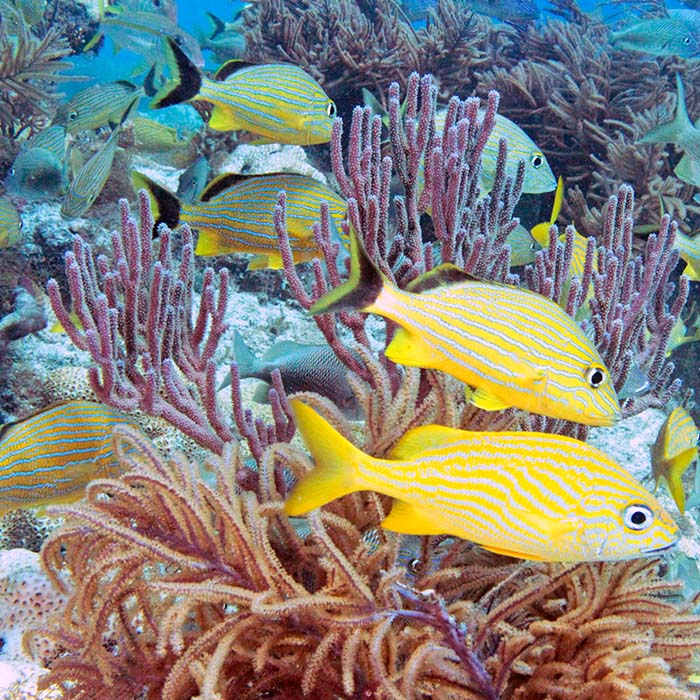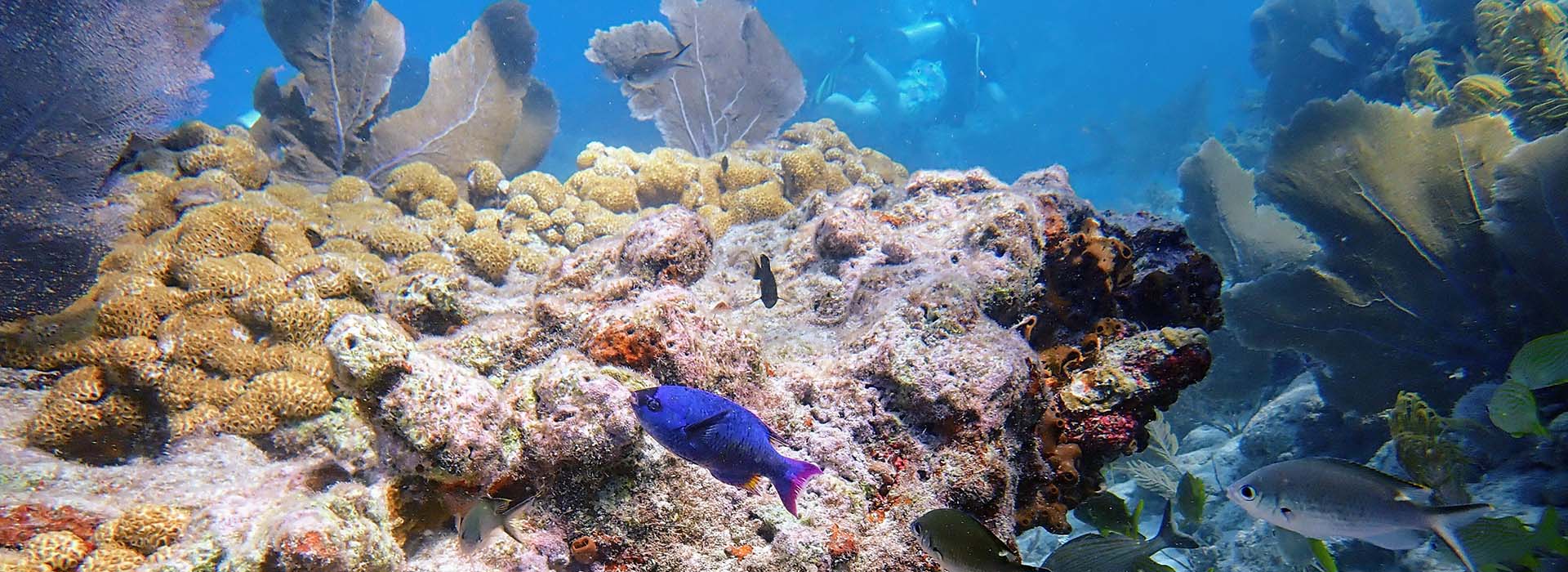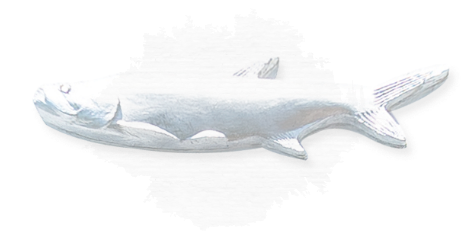Key West is surrounded by the Gulf of Mexico and the Atlantic Ocean. Located 150 miles south of Florida’s mainland, the island and its waterways comprise a dynamic, diverse and essential ecosystem supporting various marine life. The deep waters of the Atlantic Ocean are home to the Florida Straits coral reef, the third-largest barrier reef in the world, and the powerful Gulf Stream current. At the same time, the Gulf of Mexico is composed of shallow sand flats, mangrove islands, and seagrass beds.
The ocean’s coral reefs support as much as 40% of the world’s marine life. Since the 1970s, the Florida Keys and Caribbean Basin have lost as much as 90% of their indigenous coral cover. Several factors contribute to this staggering statistic, including climate change and global warming, water quality and pollution, and diseases that arise from these stressors.
What kind of reefs do the Florida Keys have?
Our Florida Keys coral reef spans 358 miles from St. Lucie Inlet to Dry Tortugas National Park. There are three significant types of coral reefs: atolls, fringing and barriers. Although the reef in the Florida Keys resembles a barrier reef, ours is closer to shore and lacks the shallow coastal lagoons found on most barrier reefs, so it is more aptly named a “bank reef.” The most diverse communities on the planet are coral reefs. These tropical marine communities occupy less than 1% of the ocean floor. Still, they are inhabited by at least 25% of all marine species.
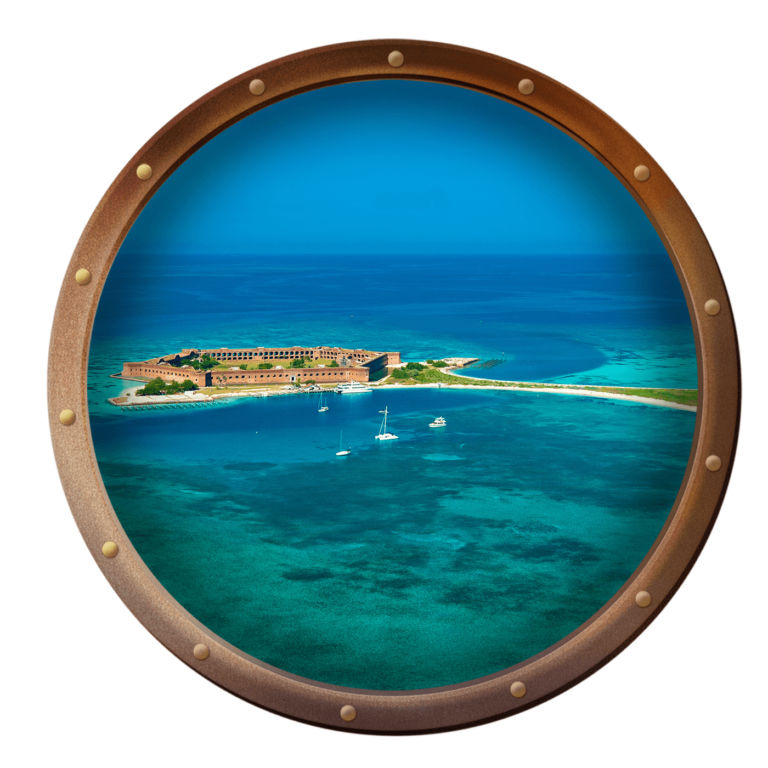
What Is Seagrass?
Seagrasses are submerged flowering plants found in shallow marine waters, such as bays and lagoons, and along the continental shelf in the Gulf of Mexico. Found on the bottom of protected bays, lagoons, and other shallow coastal waters and a vital part of the marine ecosystem due to their productivity level, seagrasses provide food, habitat and nursery areas for numerous vertebrate and invertebrate species. The vast biodiversity and sensitivity to changes in water quality inherent in seagrass communities make seagrasses crucial species that help determine the overall health of coastal ecosystems.
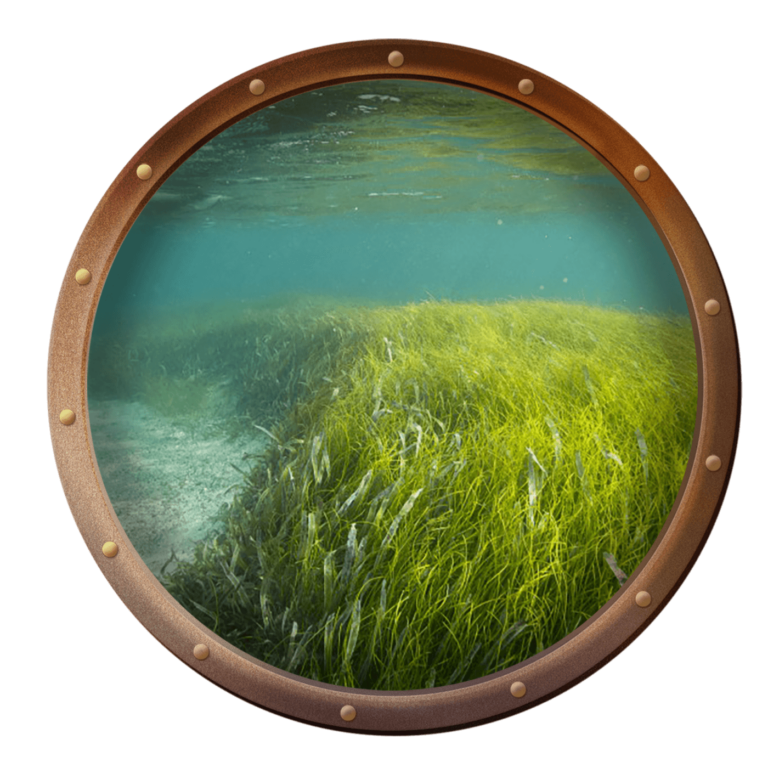
Although not “true” grasses, they appear grasslike with three to five leaf blades and a horizontal stem. Seagrass is more closely related to the lily, and while there are 52 species in existence, only seven are found in Florida: turtle, manatee, shoal, Johnson’s, paddle and star grasses. They form large underwater meadows, flowering and producing seeds quickly dispersed through the current and tides.
Monroe County leads the state in total seagrass coverage and scarred seagrass beds with almost 30,146 acres.
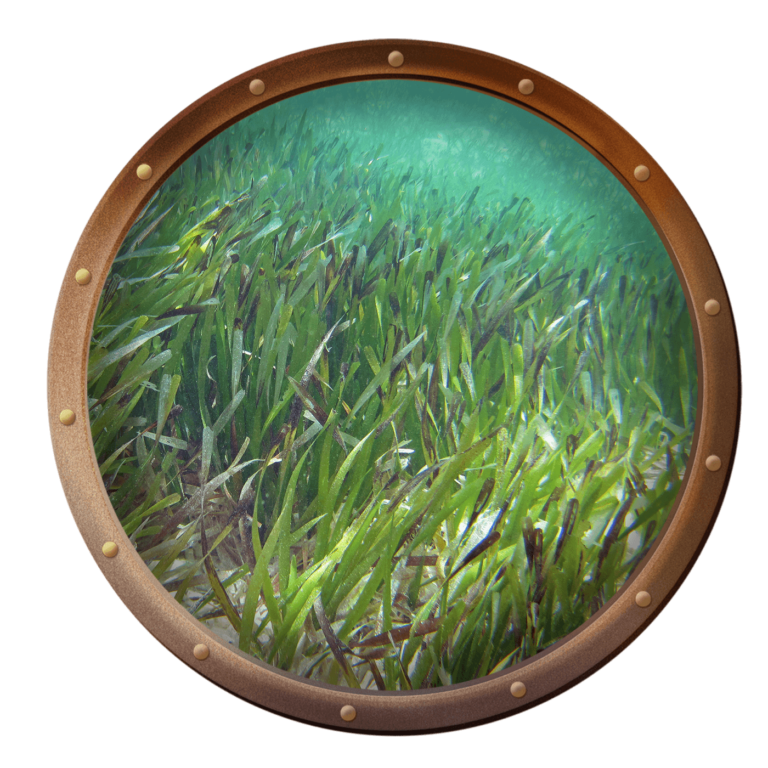
Why Is Seagrass Important?
Seagrasses provide numerous essential functions:
- Stabilizing the sea bottom with their roots and rhizomes
- Providing food and habitat for juvenile and small fish, as well as many other marine organisms
- Maintaining water quality and clarity by trapping fine sediments
- Supporting local economies
Furthermore, they serve as feeding grounds for bottlenose dolphins, and the organisms that grow on them provide food for wading and water birds.
Turtle grass is a vital seagrass from Bermuda and southern Florida to the Gulf of Mexico, the West Indies, Central America, and Venezuela. It can form extensive beds in protected shallow waters that serve as both a habitat and a food source for a tremendous diversity of organisms, among them green sea turtles, which graze on turtle grass and are the source of its common name.
The seagrass canopy protects smaller marine animals, including young drums, sea bass, snappers and grunts, from larger predators.
While there are approximately 2.2 million acres of seagrass in Florida waters today, that population has declined by more than half since the 1950s due to coastal engineering, boating impacts and water quality.
What Is Causing Destruction to the Florida Keys Marine Ecosystem?
The most common form of physical destruction to seagrasses is the dredging of plant material by boat propellers and vessel groundings on shallow seagrass beds. Seagrass destruction, known as prop scarring, occurs in shallow water areas throughout South Florida.
Understanding that seagrass must be protected is the first step in conservation efforts. Boaters should realize that propeller scars caused by running aground or clipping the shallow seafloor are incredibly damaging to the ecosystem. It can take up to 10 years for seagrass to regenerate.
The Office of Coastal and Aquatic Managed Areas is experimenting with various replanting and restoration methods throughout the Florida Keys and the entire State of Florida to reverse this damage.
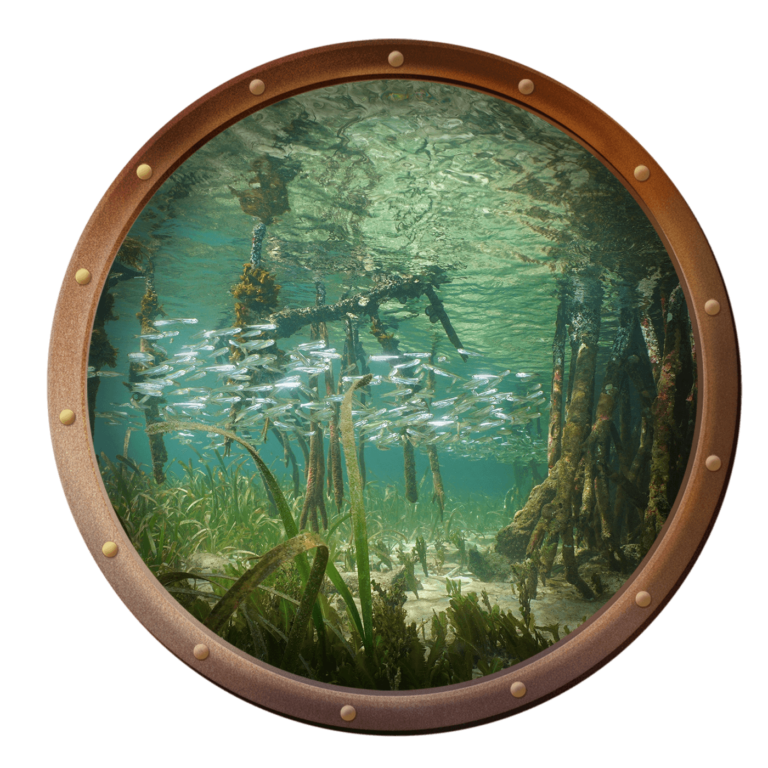
The mysterious loss of 98% of the basin’s spiny urchin population during the 1980s is less known to the public but widely studied by marine biologists.
Spiny urchins are:
- Grazers
- They eat algae accumulated on hard coral
- Keep hard coral clean and healthy for coral spawning
Without them, the coral substrate is covered in algae, which leads to bacteria and infections and prohibits coral from spawning and growing.
How Can I Help My Reef?
Our coral reefs support more species than any other marine environment, and countless animals rely on them for survival. Many of the world’s reefs have already been destroyed or severely damaged by various human activities, including pollution, unsustainable fishing practices and global climate change. However, if we act now, we can still protect and preserve our remaining reefs for future generations.
Here are some ways you can help:
- Don’t touch the coral or drag your equipment through the sand when snorkeling or diving. Dragging your equipment through the sand stirs up sediment.
- Don’t buy or take coral for souvenirs.
- Use energy-efficient appliances to help eliminate greenhouse gasses.
- Reduce, reuse, recycle!
- Volunteer for beach cleanups and join your local environmental conservation groups.
Conservation Efforts
These ecosystems in the Florida Keys are unique and interconnected, creating breeding, nesting and feeding environments for countless species of fish, migratory birds and crustaceans. That’s why it’s essential to conserve coral reefs and seagrass ecosystems.
Many organizations, such as Mote Marine Lab and the National Oceanic and Atmospheric Administration (NOAA), tirelessly work on conservation, restoration and education initiatives to help save coral reefs in the Florida Keys and worldwide.
For instance, Mote has developed a revolutionary coral restoration process used in its lab on Summerland Key to successfully spawn and grow thousands of pieces of coral with an 85-90% success rate. These coral nurseries and forests are installed at an ailing reef focusing on reef-building corals, like staghorn, elkhorn, brain and star coral.
For anyone who cherishes the natural beauty of the Florida Keys and a day on the water, the conservation of coral reef and seagrass ecosystems should be a cause close to your heart. Of course, a visit to the Key West Aquarium is an excellent place to learn more about our ocean’s ecosystems and what you can do to help.
